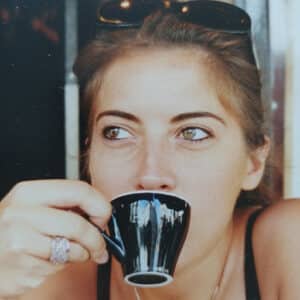Some encounters take us back to basic human values. An encounter with Jane Evelyn Atwood is among them. It was in her office-apartment in Paris that she discussed at length her fascination, or rather her obsession, with those marginalized, forgotten,...



